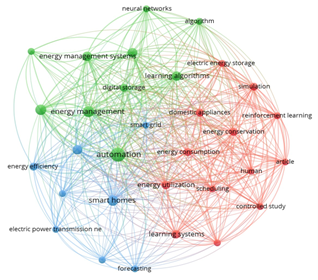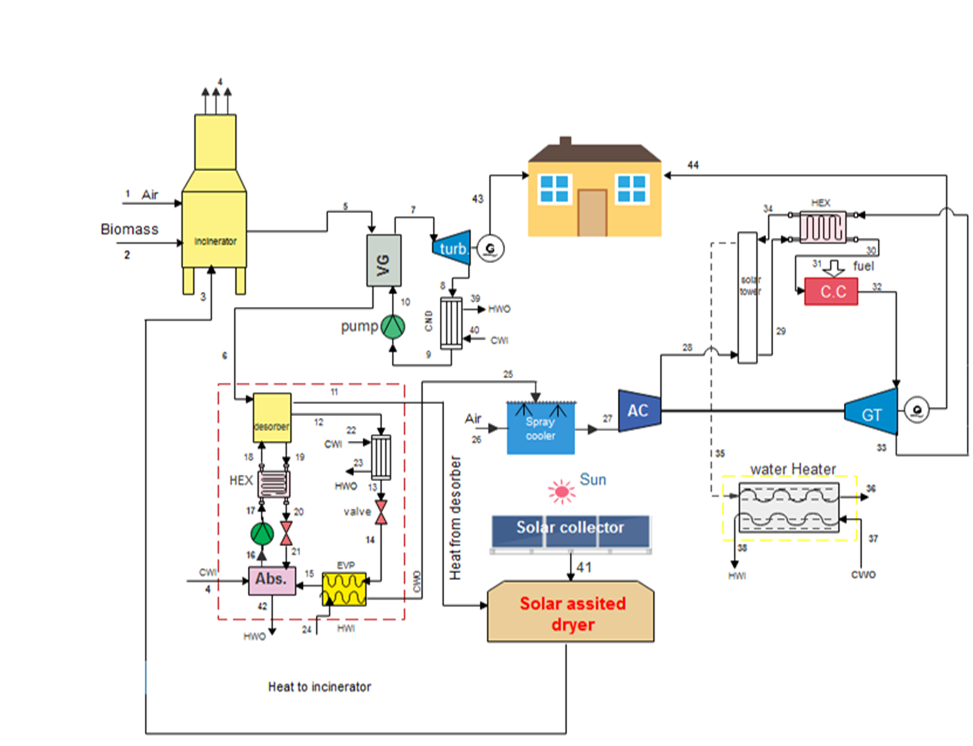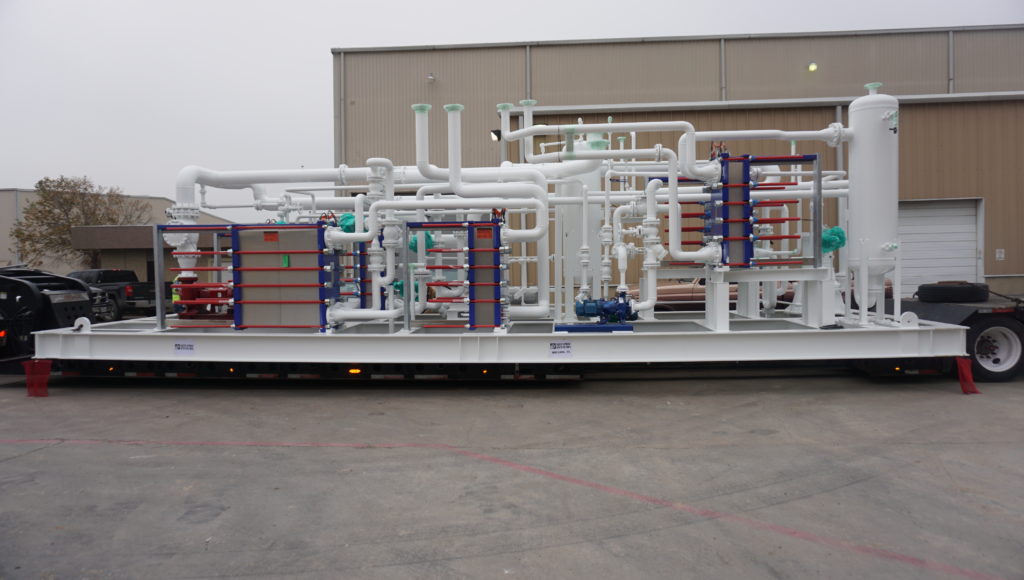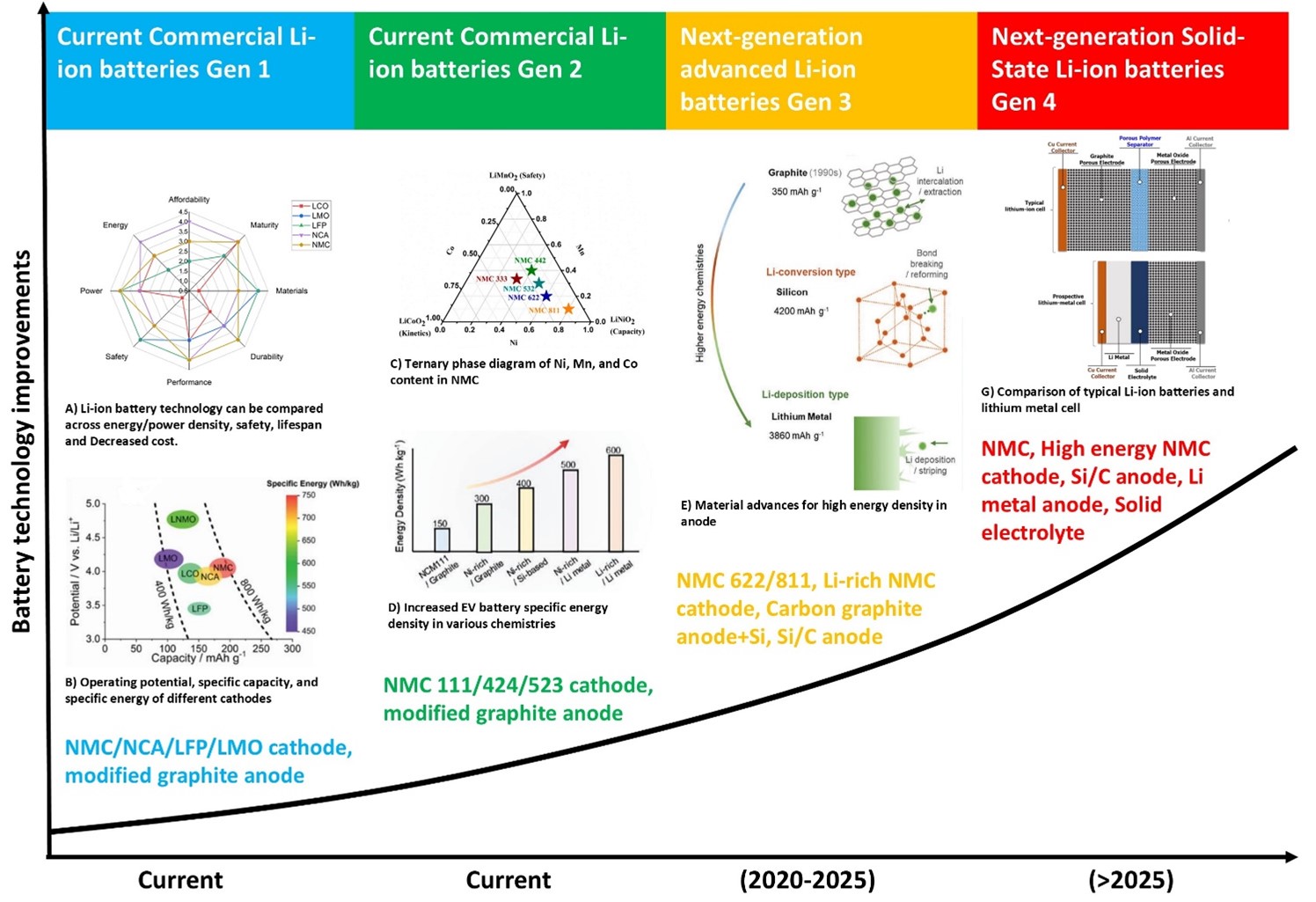Assessment of occupational radiation exposure in academic office environments: a systematic study of the faculty of science, University of Maiduguri, Nigeria
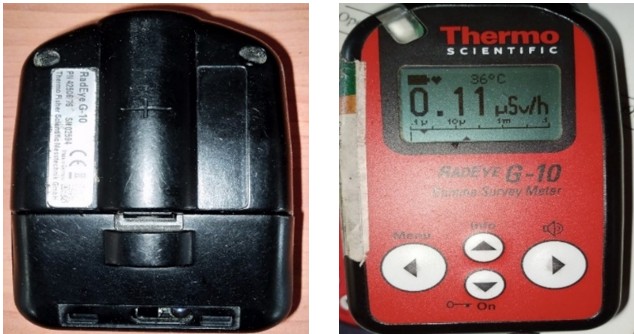
Downloads
Assessing occupational radiation exposure in academic institutions is crucial for ensuring compliance with international safety standards and mitigating risks associated with natural background radiation. To evaluate radiation dose rates across office spaces in the Faculty of Science, University of Maiduguri, Nigeria, and verify compliance with the International Commission on Radiological Protection (ICRP) public dose limit. A cross-sectional survey measured gamma radiation at 21 office locations using the RadEye G-10 gamma survey meter. A three-zone protocol recorded dose rates (μSv/hr) one meter outside doors, at thresholds, and one meter inside offices. Geographic coordinates were logged via GPS, and statistical analyses (ANOVA, correlations, K-means clustering) assessed dose variations and spatial patterns. Annual doses were calculated using 2000 working hours/year. The mean dose rate was 0.19 ± 0.05 μSv/hr. Annual doses ranged from 0.24–0.52 mSv (external), 0.24–0.68 mSv (threshold), and 0.24–0.68 mSv (internal), with location A15 reaching 0.68 mSv/year (68% of ICRP limit) in threshold/internal zones. All doses were below the ICRP 1 mSv/year public limit. The Radiation Exposure Index (REI) and K-means clustering identified three Elevated-risk locations (A12, A15, A21; 0.50–0.70 mSv/year). Radiation levels comply with ICRP standards, but three locations warrant quarterly monitoring and material investigations (e.g., granite content). The three-zone protocol and REI provide a replicable framework for radiation safety assessments in academic settings, particularly in developing nations.
IAEA. (2018). Radiation protection and safety in medical uses of ionizing radiation. International Atomic Energy Agency, (Safety Standards Series No. GSR Part 3)
International Atomic Energy Agency. (2014). Radiation Protection and Safety of Radiation Sources: International Basic Safety Standards (GSR Part 3). Vienna: IAEA
Thorne, M. C. (2003). Background radiation: Natural and man-made. Journal of Radiological Protection. Journal of Radiological Protection, 23(1), 29–42., https://doi.org/10.1088/0952-4746/23/1/302
Al-Zoughool, M., & Krewski, D. (2009). Health effects of radon: A review of the literature. International Journal of Radiation Biology, 85(1), 57–69, https://doi.org/10.1080/09553000802635054
Mora, P., & Di Giorgio, M. (2019). Natural and artificial sources of ionizing radiation and their effects on health. Radioprotection, 54(4), 259–272, https://doi.org/10.1051/radiopro/2019044.
Mehra, R., Singh, S., & Duggal, V. (2007). Assessment of inhalation dose due to indoor radon/thoron and their progeny in dwellings of Udhampur District, Jammu and Kashmir, India. Radiation Measurements, https://doi.org/10.1016/j.radmeas.2007.05.019, 42(8), 1427–1433.
Kendall, G. M., & Little, M. P. (2017). A review of epidemiological studies of the health effects of naturally occurring radiation and radionuclides in the environment. International Journal of Radiation Biology, https://doi.org/10.1080/09553002.2017.1355579, 93(10), 1067–1092.
Tubiana, M., Feinendegen, L. E., Yang, C., & Kaminski, J. M. (2009). The linear no-threshold relationship is inconsistent with radiation biologic and experimental data. Radiology,, https://doi.org/10.1148/radiol.2511080671, 251(1), 13–22.
Thermo Fisher Scientific. (2016). RadEye G-10 gamma survey meter: Product specifications. Thermo Fisher Scientific. https://www.thermofisher.com.
International Commission on Radiological Protection. (2007). The 2007 recommendations of the International Commission on Radiological Protection. (ICRP Publication 103), Annals of the ICRP, 37(2–4).
Khan, A., Khan, N., Tahir, S., Aziz, S., & Khatoon. (2022). Outdoor and indoor natural background gamma radiation across Kerala, India. Environmental Science: Atmospheres. Advance article, https://doi.org/10.1039/D1EA00033K.
World Health Organization. (2016). Ionizing Radiation, Health Effects and Protective Measures: Guidance for public health and healthcare professionals in preparedness and response for a radiation emergency. WHO, https://www.who.int/publications/i/item/9789241549728.
Google. (2025). University of Maiduguri [Map]. Google Maps, https://www.google.com/maps/place/University+of+Maiduguri/@11.8369,13.1448,17z.
International Atomic Energy Agency. (2000). Calibration of radiation protection monitoring instruments (IAEA Safety Reports Series No. 16). Vienna: IAEA, https://www.iaea.org/publications/5833/calibration-of-radiation-protection-monitoring-instruments.
International Electrotechnical Commission. (2019). Radiation protection instrumentation — Portable and transportable instruments for measuring external ambient and directional dose equivalent rates from photon radiation — Part 1: Requirements for instruments. (IEC 60846-1:2017). IEC, https://doi.org/10.3403/30400431.
Isinkaye, M. O., Jibiri, N. N., Bamidele, S. I., & Najam, L. A. (2018). Evaluation of radiological hazards due to natural radioactivity in bituminous soils from tar-sand belt of southwest Nigeria using HpGe-Detector. International Journal of Radiation Research, 16(3), 351-362.
Avwiri, G. O. (2014). Assessment of environmental radioactivity in selected dumpsites in Port Harcourt, Rivers State, Nigeria. International Journal of Scientific & Technology Research, 3(4), 263-269
Avwiri, G. O. (2012). Natural radioactivity levels in surface soil of Ogba/Egbema/Ndoni oil and gas fields. Energy science and technology, 4(2), 92-101.










